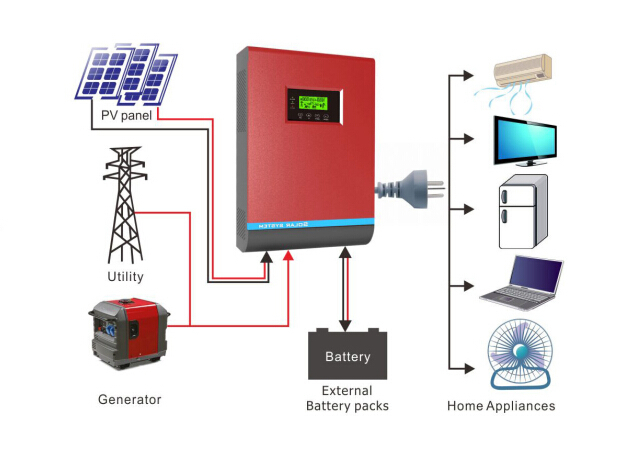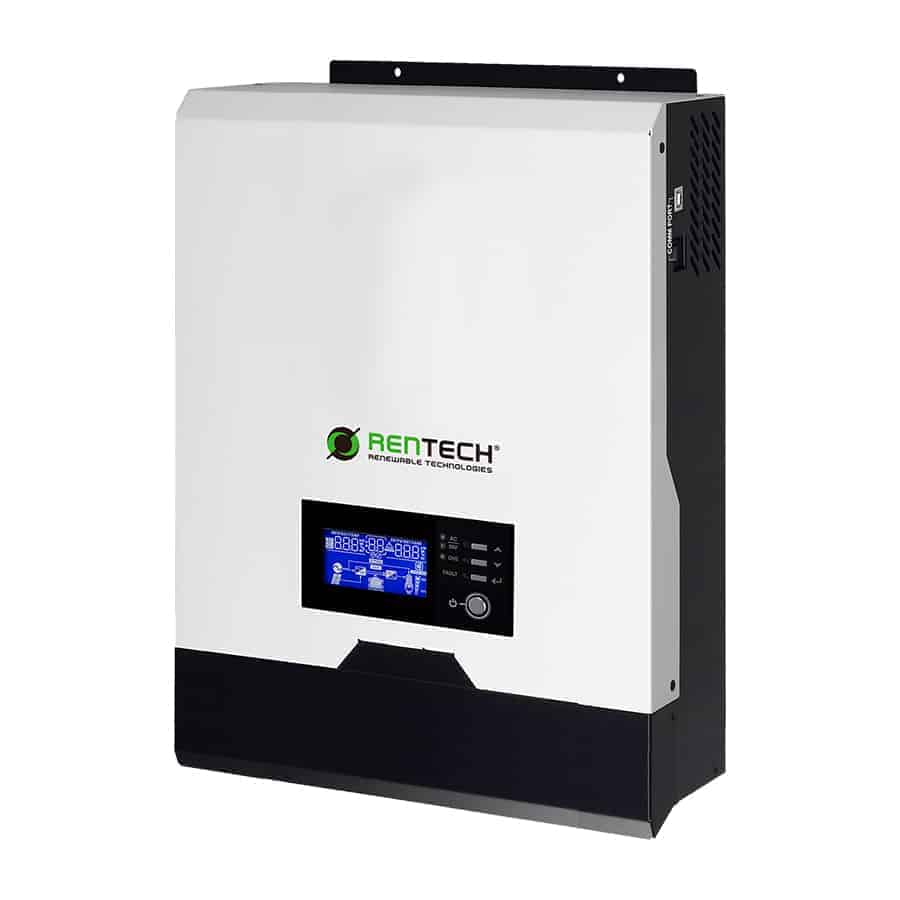
If you’re looking for a new power source for your home, you’ve probably heard of hybrid inverters. They work by synchronizing multiple power sources, including batteries, solar power, and low-amperage shore power. The result is a single stream of electricity that powers your appliances. Depending on the type of hybrid inverter you choose, it can save you money on your electric bills while simultaneously reducing your carbon footprint.
Some solar hybrid inverters do not include a transformer, making them more efficient. In such a case, you will have to choose an inverter with a maximum power point tracker. The latter can help you maximize your solar power output by converting the DC electricity to the right voltage for your batteries. Those who install hybrid systems will benefit from the efficiency of their hybrid inverter, because it will shift from solar power to wind energy as needed.
A hybrid inverter can be used for both on-grid and off-grid applications. This type of inverter manages inputs from the battery bank and solar panels simultaneously. These devices may even have additional capabilities, including the ability to handle inputs from other power sources. Hybrid inverters are a great choice for homeowners who want to integrate solar power into their home and generate additional income.
The best hybrid inverters can produce two kinds of power: typical and surge. Peak power is the most powerful power for a short period of time, usually up to 15 minutes. On the other hand, typical power is power delivered consistently when your device starts, which is called “typical power.”
A hybrid inverter with a grid-tied capability will handle peak load requirements without compromising efficiency. It will inject extra energy into the grid when it isn’t producing power. In addition to being grid-tied, this type will take power from the utility grid when needed. The ultimate hybrid inverter can be used anywhere you’d like, whether you’re in the middle of a power cut, or just looking for the best flexibility.
The high-frequency switching type doesn’t have the same surge capacity as transformer-based inverters, but they’re usually lighter and cheaper. But, if you’re going to use it for a submersible well pump, you’ll need to oversize it so you won’t overload it. But don’t worry; hybrid inverters are more powerful than they look! So, if you’re not sure which type of hybrid inverter you need, you can always start with a smaller and cheaper one and see how your energy bill improves.
A hybrid inverter has two modes: standard and backup power. These inverters can be built-in or separate. They can provide power to your home, charge batteries, and feed excess power back to the grid. Hybrid inverters also have a battery backup that allows you to use power from the power grid when the sun doesn’t shine. Hybrid inverters are becoming the new energy solution for home owners who want to maximize their power generation while keeping costs down.
Basic hybrid solar battery inverters are similar to the two-level inverters, but they can store electricity in the battery system for self-use. Unlike the two-level inverter, these inverters don’t have a grid isolation device. That means they cannot power a household during a blackout. So if you’re comfortable with the stability of your grid supply, a basic hybrid inverter is your best bet.
Another type of hybrid inverter is the parallel inverter, which works by connecting two thyristors (C and N) in parallel with the load. It also uses a center-tapped transformer, which is used to change DC to AC. The commutation capacitor controls the thyristors. The current in the primary winding flows from A to N, causing the secondary winding to move clockwise.
In addition to hybrid inverters, battery-specific inverters also work on the grid. These can be used with solar and/or battery systems, as well as in homes without solar PV. In addition to working completely off the grid, these inverters can also be connected to the utility grid. Some hybrid inverters also inject power into the utility grid, depending on local rules and permissions. Hybrid inverters are also useful for retrofitting existing solar PV systems with battery storage.
The most common type of hybrid inverter is the inverter/charger hybrid. These inverters combine solar and battery storage into a single unit. They are typically cheaper, and easier to install than conventional battery storage systems. However, there are some limitations of hybrid inverters.

